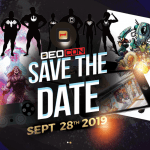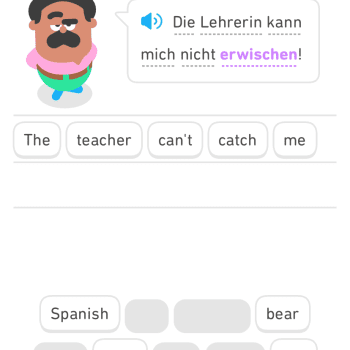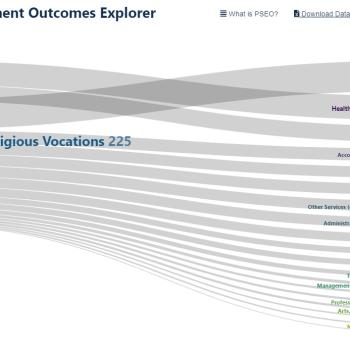Inside Higher Ed featured an article on a subject that is near and dear to my heart. It is one of three “F words” that they focused on. In this case, I am referring to “fun,” and here’s what they said on the subject that is directly relevant to my interest in gamification:
One of the greatest impediments to great teaching is the assumption that boredom is an indicator of rigor. Not only does this idea fail under the slightest logical scrutiny, but also no science supports it. If you wear your glazed-eyed students — whether in an academic classroom or a student affairs workshop/orientation — as a badge of honor, I invite you to reconsider. Boredom doesn’t mean you are challenging your students; it means your students are physically present and mentally absent. Yet somehow, one of boredom’s best antonyms, fun, can lead to dirty looks when spoken on a college campus.
What happens when we infuse our teaching with the element of fun? What do we know about the science of fun and enjoyment in teaching and learning?
In the words of Brain Rules author and scientist John Medina, “We don’t pay attention to boring things.” Without your students’ attention, how can you teach them anything? Fun is one of the most effective ways to both get and keep attention.
What would that look like in action? Start your class with a funny story or a joke. Show a lighthearted video on your subject. Play interactive games to give students the opportunity to practice course concepts. Most importantly, begin to use this F-word in conversations about student learning on your campus.
We all know that learning can be fun, and that at some point it was fun. Why do we assume that this has to stop entirely? I’ve been having lots of conversations about this topic with colleagues, and I hope we will be able to pursue some exciting curricular endeavors that will be…well…fun!
Bringing Theory to Practice also had an article about the importance of “space to play.” The Academic Minute also highlighted the power of play specifically in music education. Phil Long used a game card as an illustration in a post about Jason in Acts, which of course resonated with me. I also learned that there is a journal called Simulation and Gaming that may be a good venue for publishing on work done to implement and study gamified pedagogy. Finally, an Inside Higher Ed article about teaching at scale mentioned gamification.













